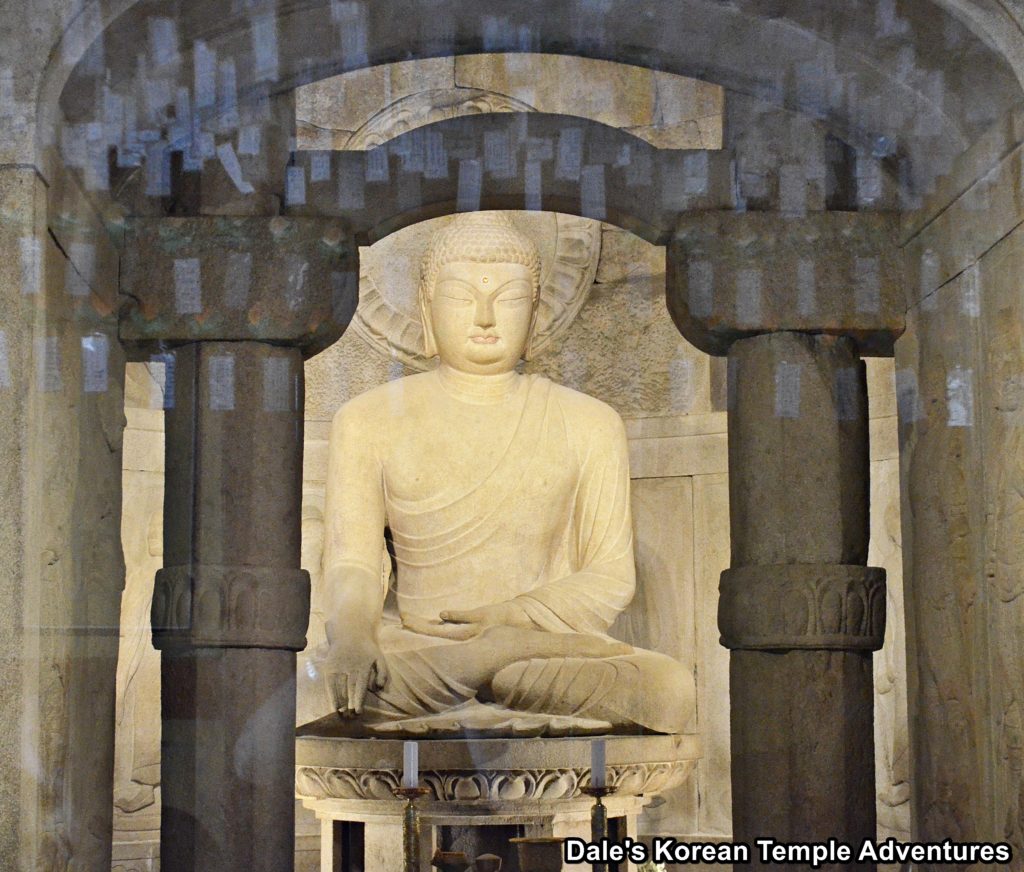
Hello Again Everyone!!
Seokguram Hermitage on Mt. Tohamsan in Gyeongju houses the most famous statue in all of Korea. In English, Seokguram Hermitage means “Stone Cave Hermitage.” Not only is it a UNESCO World Heritage Site as of 1995 alongside Bulguksa Temple, it’s also National Treasure #24.
The artificial cave at Seokguram Hermitage was first constructed by Kim Daeseong in 751 A.D. However, it wasn’t completed until after his death in 774 A.D. It’s believed, at least according to the Samguk Yusa (“Legends of the Three Kingdoms,” in English), that Bulguksa Temple at the base of Mt. Tohamsan was built for his parents in his current life and that Seokguram Hermitage was built for his parents from his former life. Seokguram Hermitage was originally called Seokbulsa Temple, or “Stone Buddha Temple,” in English.
Throughout the years, Seokguram Hermitage has undergone several major and minor renovations such as in 1703 and 1758. But due to the suppressive nature of the Confucian Joseon Dynasty (1392-1910), Seokguram Hermitage fell into disrepair. Except for locals, who probably still visited the grotto, the grotto wasn’t rediscovered until 1909 when a travelling postman found it. According to the tale, the postman was caught in a thunderstorm. He sought shelter in a local cave to get out of the storm. When he lit a candle, he rather surprisingly found the statue of at Seokguram Hermitage inside.
Eventually, word got back to the Japanese authorities in Seoul. The Governor General expressed the desire to dismantle and ship the grotto back to Japan. Plans were made to ship the entire grotto back to Japan, but local authorities kept thwarting these efforts until the idea was dropped. Instead, it was decided that the grotto should be repaired. The repair job was botched by Japanese archaeologists and the grotto was horribly disfigured through these efforts such as having the Silla era hidden stone scaffolding being replaced by concrete and steel. Also, the soil above the grotto, which helped regulate the temperature inside the grotto, was replaced by tar and asphalt. It wasn’t until 1961, under the order of President Park Chung Hee, and under the watchful eye of UNESCO, that the job was completed in 1964. Now, to help conserve the grotto, there is a window to prevent visitors from entering the inner chamber of the grotto.
You first approach Seokguram Hermitage past the Iljumun Gate and a winding dirt trail around the side of Mt. Tohamsan. Next to the Iljumun Gate is a wonderfully ornate bell pavilion. As you first approach the hermitage grounds, you’ll notice the monks’ dorms and visitors centre to your far right. It’s only up the hillside, with a set of uneven stairs to your left, that you’ll be able to visit the famous Seokguram Grotto. Along the way, you’ll notice some stone remnants of the failed Japanese reconstruction efforts from 1913-15. Finally having summited the stairs, you’ll notice a wooden shrine hall. Inside is housed the grotto and Korea’s greatest Buddhist artistic achievement.
Entering into the wooden chamber, you’ll first notice the glass protective barrier. However, the glass in no way diminishes the overall aesthetic beauty of what lies behind it. Instantly, you’ll notice the serene centerpiece of Seokgamoni-bul (The Historical Buddha) looking out towards the East Sea. This 3.5 metre tall statue sits on a 1.34 tall lotus pedestal and the Buddha is making the “Touching the Earth” mudra with his hands.
At the very front of the rectangular stone antechamber, you’ll first notice a pair of protective Vajra Warriors. These stone reliefs are muscular in composition and have clenched fists. Next to these two stone images, and inside the narrow entry chamber, are the Sacheonwang (Four Heavenly Kings). These four reliefs are meant to ward off evil spirits from entering the inner chamber.
Inside the main octagonal chamber, and behind the central statue of Seokgamoni-bul, is the partial hidden relief of the eleven-headed Gwanseeum-bosal (The Bodhisattva of Compassion). This relief stands 2.18 metres in height and holds a vase containing a lotus blossom. Rounding out the vaulted inner chamber, and also situated to the rear of Seokgamoni-bul, are two rows of stone figures. The bottom row are the Nahan (The Historical Disciples of the Buddha), while the upper row are images of various Buddhas and Bodhisattvas.
And just below the ledge that houses the grotto is the hermitage’s Geukrak-jeon Hall. Sitting on the main altar is a statue of Amita-bul (The Buddha of the Western Paradise). This statue is joined by a Guardian Mural and metal reliefs of Sanshin (The Mountain Spirit), Dokseong (The Lonely Saint), and Chilseong (The Seven Stars).
Admission to the hermitage is 5,000 won for adults, 3,500 won for teenagers, and 2,500 won for children ages 7 to 12. And the last admission to the hermitage is one hour before closing which is typically around 5 p.m.
HOW TO GET THERE: Just like Bulguksa Temple, you’ll first need to take a bus from the Gyeongju Intercity Bus Terminal. From there, catch Bus #10 or #11 that goes directly to the Bulguksa Temple parking lot. From the temple parking lot, you’ll need to catch Bus #12, which will bring you directly to the Seokguram Hermitage parking lot. The bus ride up to Seokguram Hermitage takes about ten minutes and they leave every thirty minutes.
OVERALL RATING: 10/10. Much like Bulguksa Temple, for which Seokguram Hermitage will forever be linked, Seokguram Hermitage rates a perfect ten out of ten. The grotto alone is unlike anything you’ve ever seen before at a Korean Buddhist temple or hermitage. The statue inside the grotto truly is a masterpiece. In fact, all the statues and reliefs inside the grotto are masterpieces. You could spend hours simply standing and staring into the grotto. So take your time, don’t be rushed, and enjoy this amazing hermitage’s grotto.
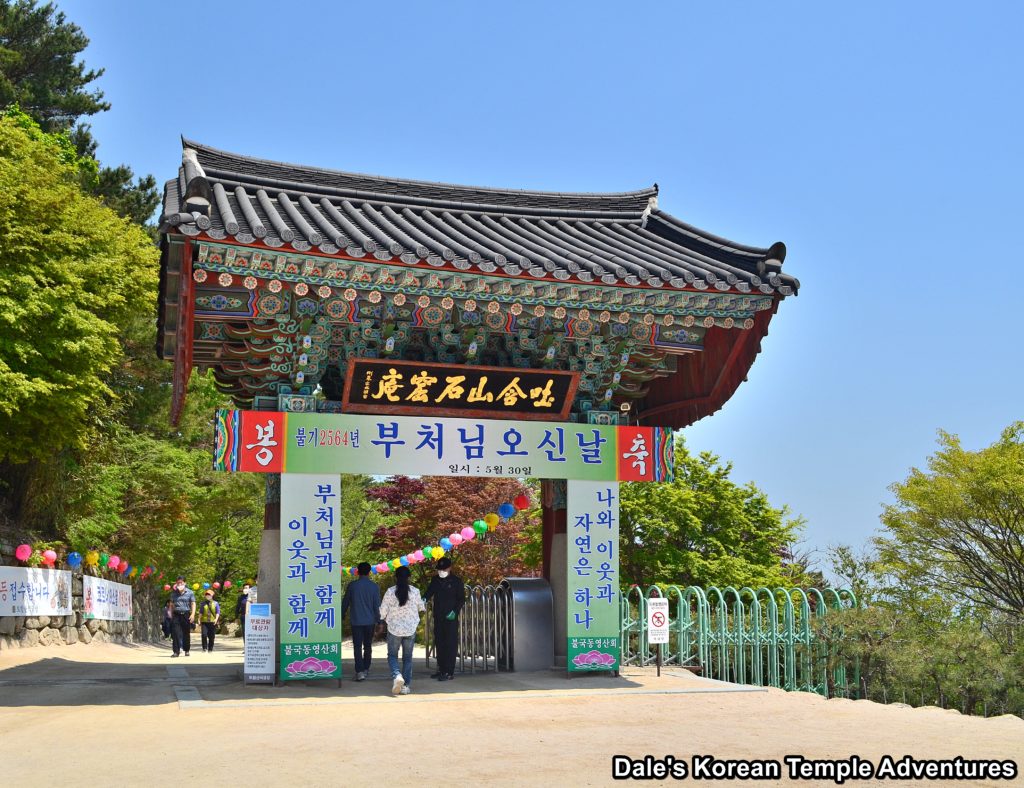
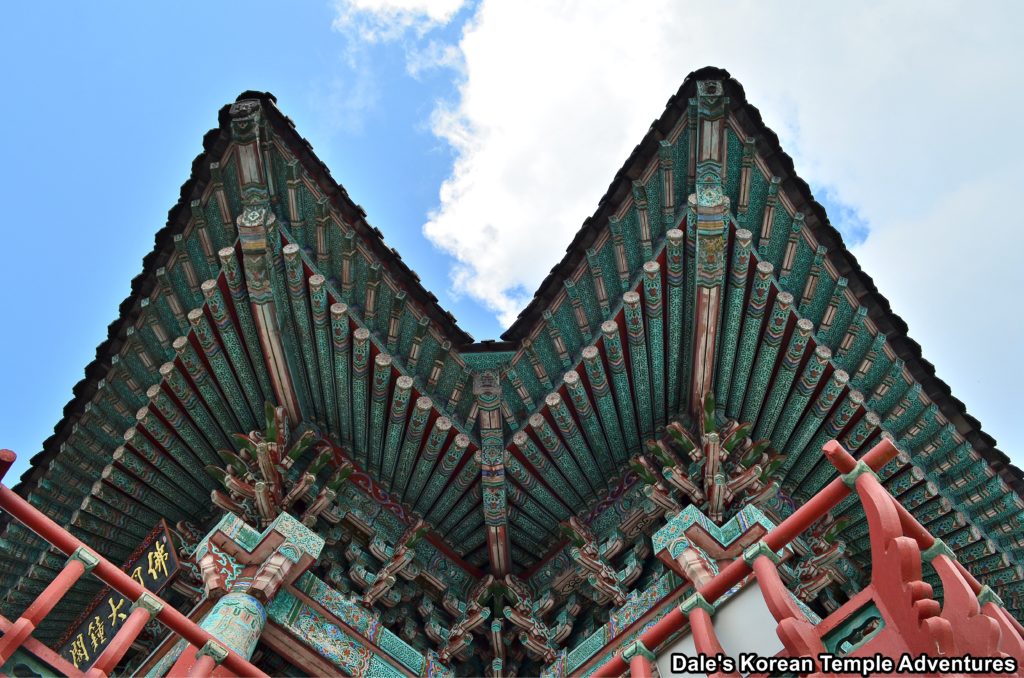
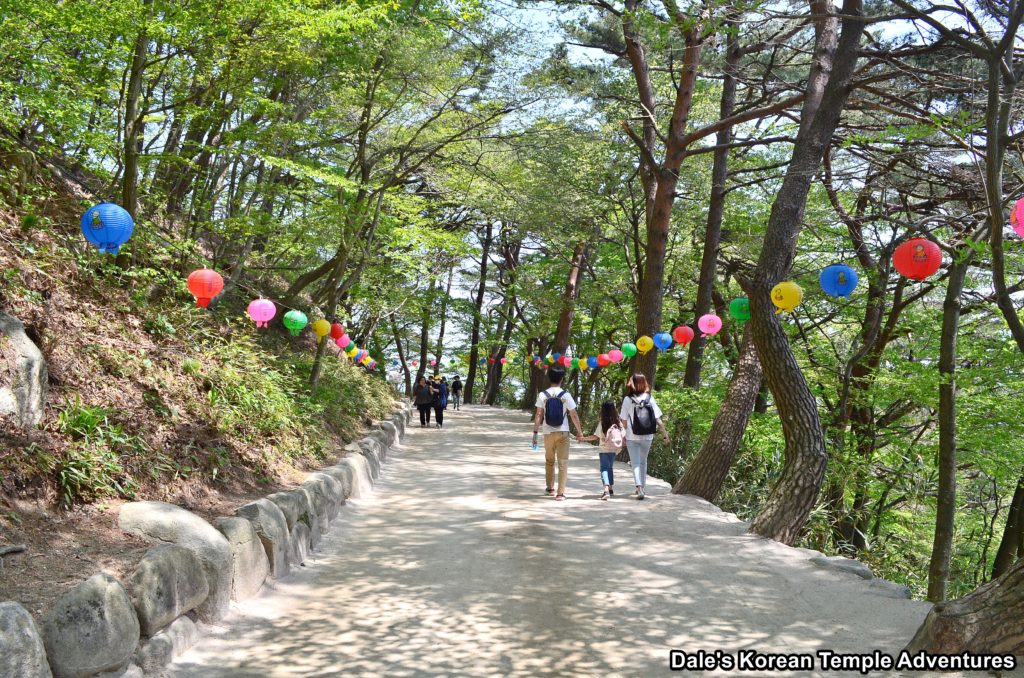
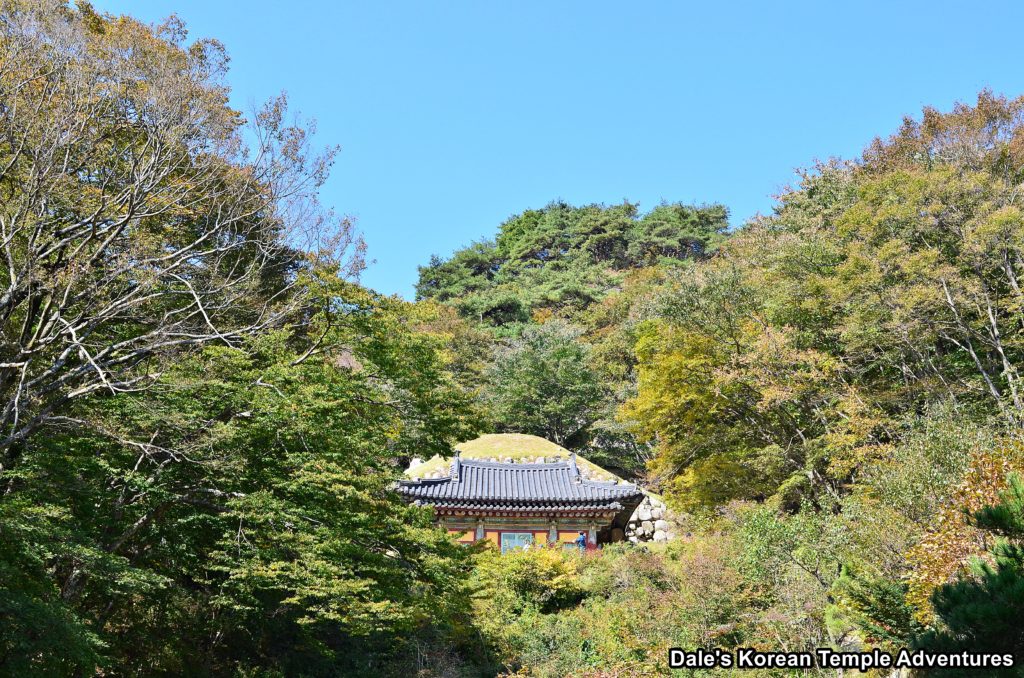
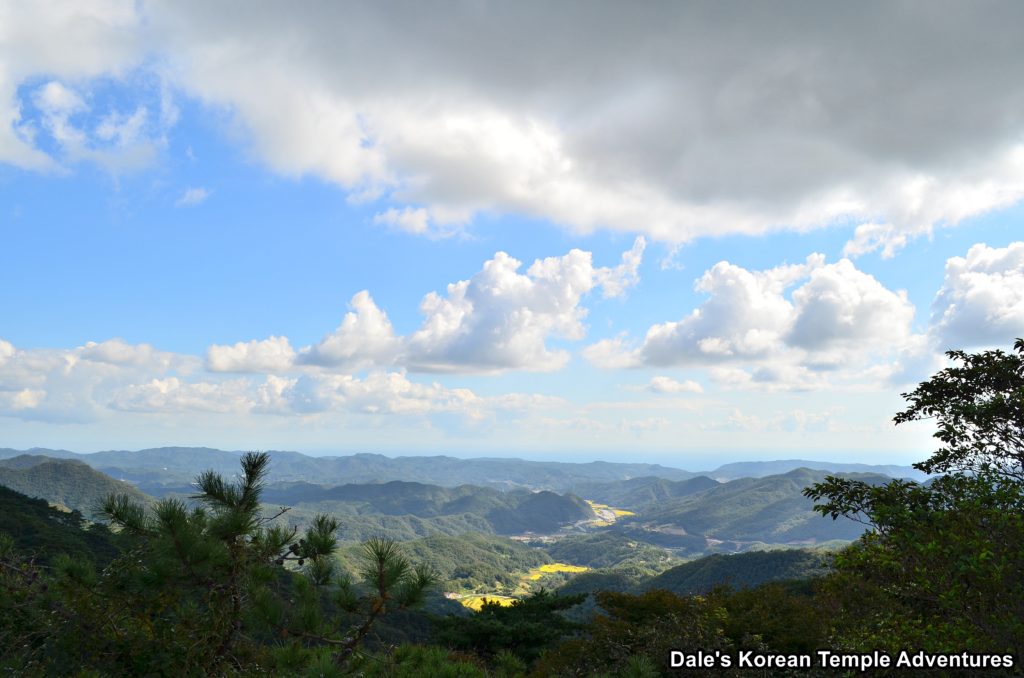
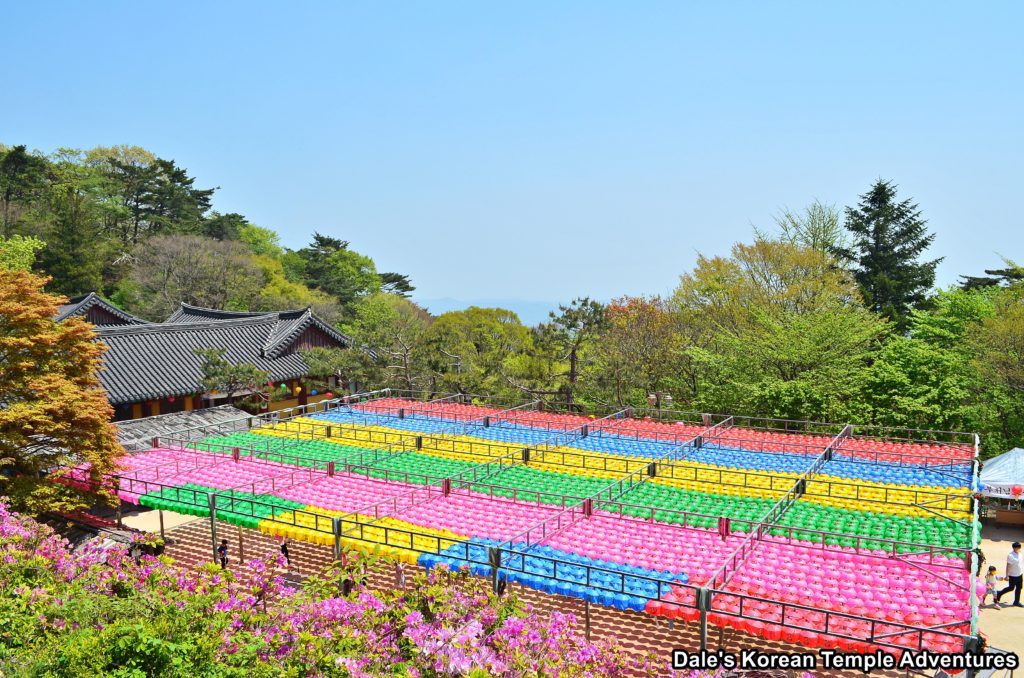
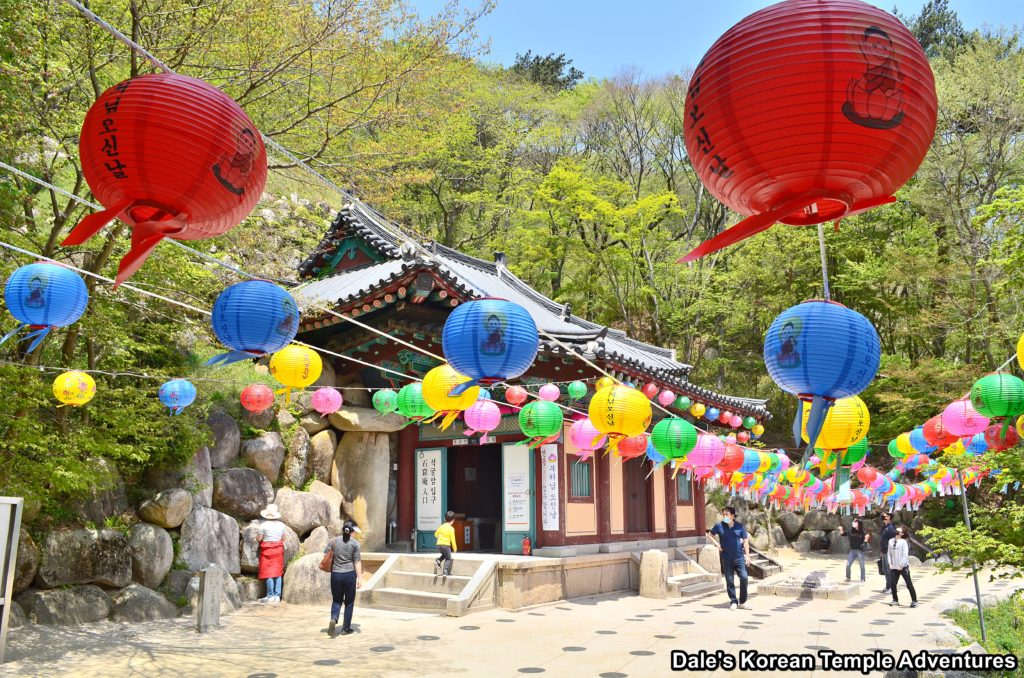
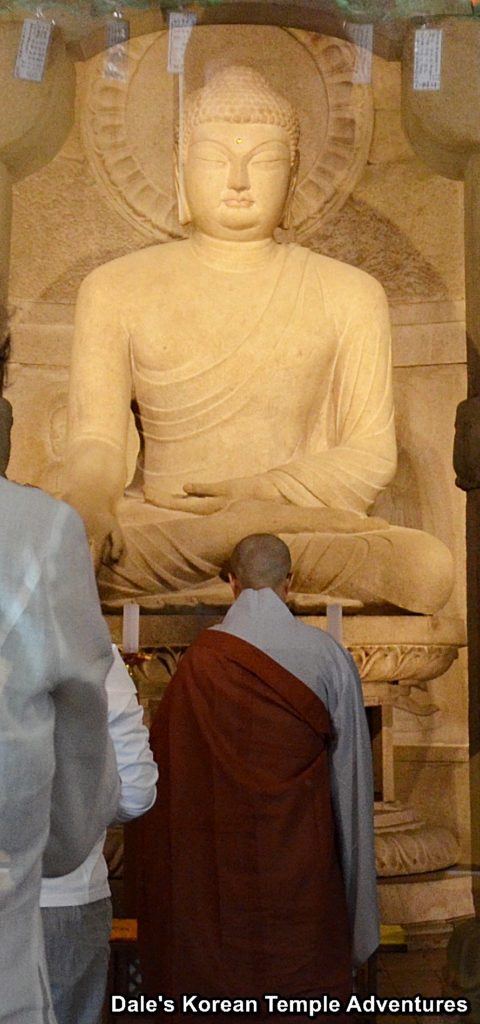
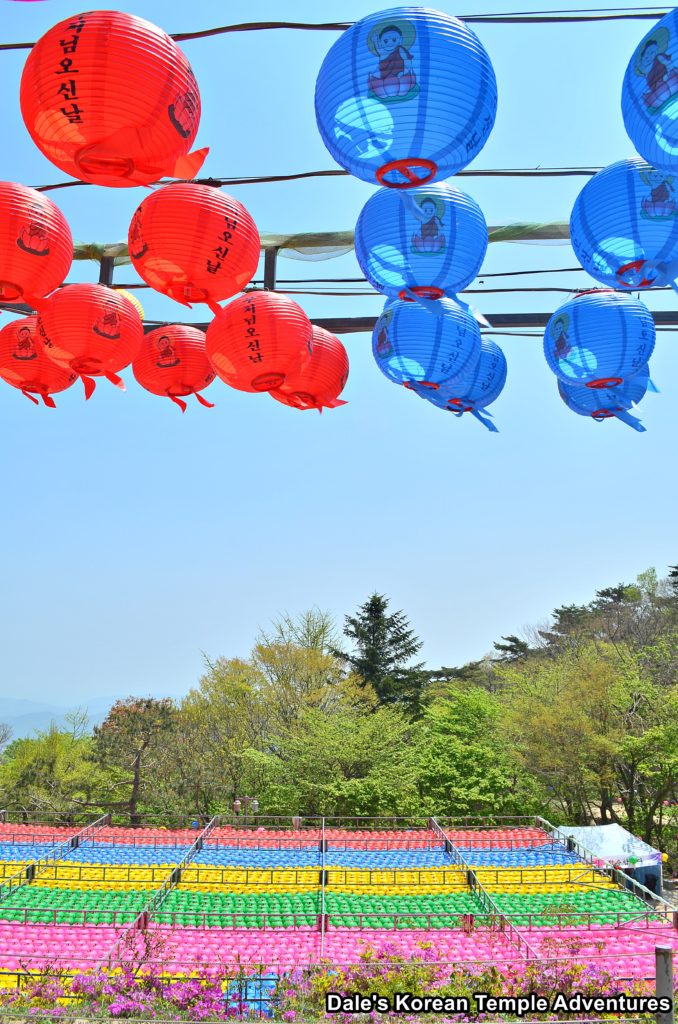


Recent comments